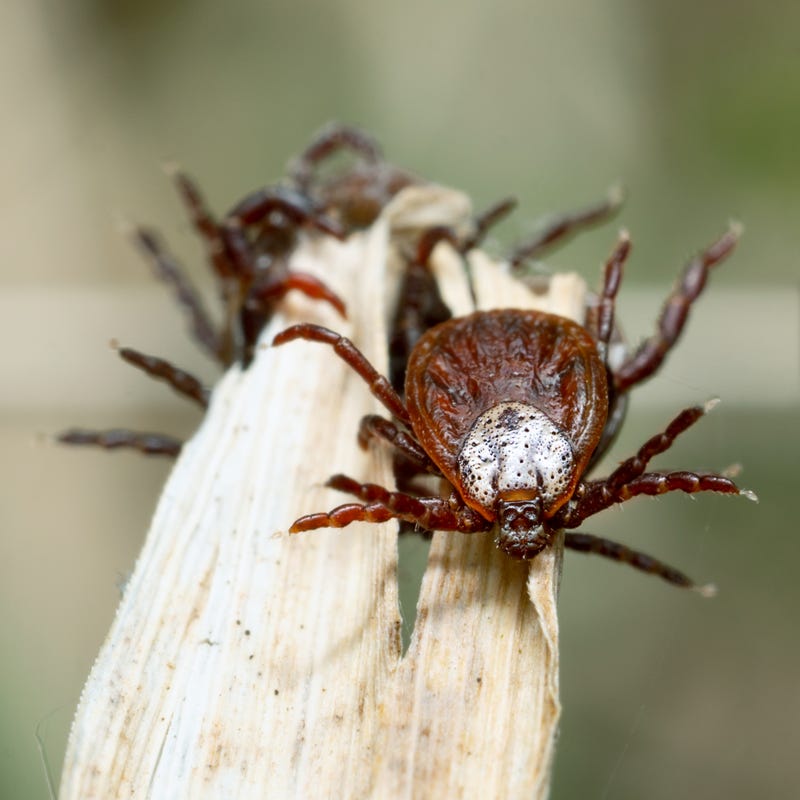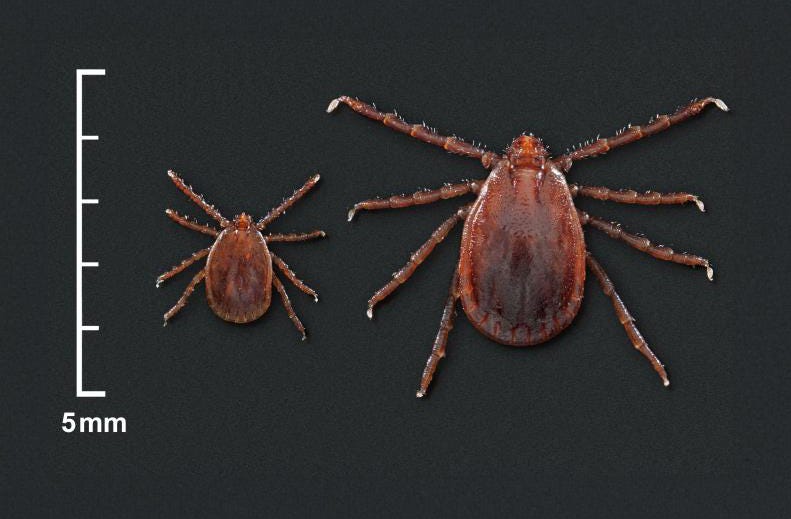
ST. LOUIS (KMOX) - Washington University researchers says they have discovered an invasive species of ticks that are native to Australia, New Zealand, and countries in eastern Asia, right here in St. Louis County.
WashU says a longhorned tick was recently found in St. Louis County. The tick was collected and identified by a WashU undergraduate researcher, Sam Ko, at Tyson Research Center, WashU’s environmental field station, near Eureka.
Wash U say longhorned ticks, which are a serious threat to livestock in Australia, New Zealand and countries in eastern Asia, often forms large infestations on one animal.
The longhorned ticks can cause a great stress and reducing growth and production for animals, with a severe infestation can potentially lead to an animal being killed due to blood loss.
Longhorned ticks are light brown and very small, about the size of a sesame seed, but because they are so small, cows or other livestock can potentially host thousands of them.

In other countries, longhorned ticks have been known to transmit diseases that impact livestock and humans.
The first longhorned tick to be found in the state of Missouri was in May 2021. WashU says there have been five confirmed reports since then, with all of them taken place in rural counties before this new recent report.
Solny Adalsteinsson, a senior scientist at Tyson Research Center, who leads the center’s tick and wildlife ecology team, says while they have only found one longhorned tick in St. Louis County, there is likely more.
WashU researchers says this spring they are are expanding their tick collection efforts to learn more about the longhorned tick’s establishment and ecology in the region.
They are also working with St. Louis County's 'Tick Watch STL' program on its effort to collect and identify ticks. The county has published a public data dashboard that includes a tick collection map.
